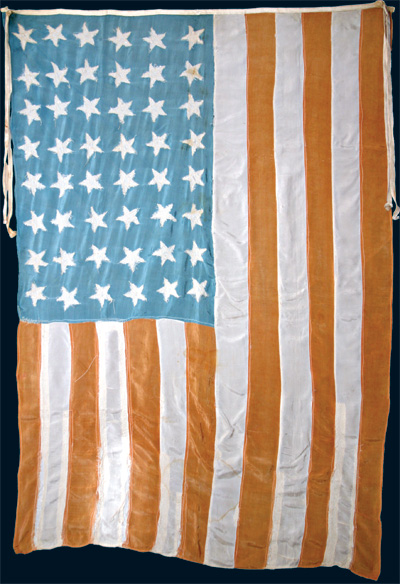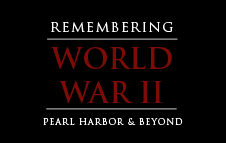
On December 31, 1941, Clarence Bramley was one of the troops pushed toward the Bataan Peninsula under the direction of General MacArthur. On 8 April 1942, General Edward King surrendered to the Japanese. Faced with prisoners out numbering the Japanese soldiers, human life seemed cheap to the conquerors and they perpetrated severe war crimes.
During what was to become known as the Bataan Death March, Bramley suffered with malaria. He built bridges and airstrips, surviving on minimal amounts of food and water. Another perilous moment occurred when a man in Bramley’s group escaped. The Japanese had a rule that for every soldier who escaped, ten would lose their lives. Prisoners of War were given numbers and five men on either side of the number of the man that escaped were put to death. For about two weeks his group was kept inside their tent waiting for what appeared to be the inevitable. Bramley recounts:
After about two weeks we were lined up, and we figured, “This is it.” The Japanese sergeant said that he had talked to his superiors and convinced them that we had done such a good job on the bridge, they weren’t going to shoot us. So they didn’t.
Because of his complexion, he earned the nickname “Rosie.” While others did fine with the minimal clothing provided by the Japanese because of the warm weather, Bramley kept repairing his uniform so that he could use it to protect his skin. Because of this, the Americans recommended him to the Japanese as a tailor. After suffering through the march and a brutal 3 year internment in the Philippines, Bramley was transported to Japan in January 1945 and spent the remainder of the war as a POW.
 United States Flag
United States FlagSewn by Clarence Bramley
Bramley discusses the construction at the end of the war of the United States Flag shown here:
About four or five guys and I one day decided we needed a flag. We went down to the tailor shop, and they cut out the Stars and Stripes. I sewed them together to make the flag. We worked all night on it and took it out to reveille in the morning. Of course, the guys could see it, but the officers couldn’t because they were facing the guys. When we had the flag salute, the officers turned around like they usually did, but there was a flag. It was quite a great experience. It was a special opportunity for me, then, to sew it.
After that, we were gonna run it up the barracks; in fact we put it up, but they asked us to take it down because some final paper hadn’t been signed or something. We didn’t fly it. We had it there and used it, but we didn’t fly it for a couple of days. A couple of the British guys got together, came down to the tailor shop, and cut out their flag. I sewed it together. But there was also a couple or three Javanese fellas then that also made a flag — a Dutch flag.
We flew those flags over there the couple three weeks we were there. That was pretty early — maybe in the first six days. Because as soon as the B-29s were droppin’, and there were these red, white, and blue flags, that’s when we kind of got the idea that we needed a flag. I ended up with it, because when we left the camp, Captain Davis kind of wanted it, but all the guys said, “Hey, that’s Rosie’s flag,” and he gave it to me. That’s why I have it.

